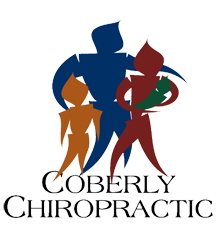Why A Pinched Nerve Responds So Well To Chiropractic
A pinched nerve is a common complaint that can cause a wide variety of symptoms from pain to numbness. In many cases, the condition can be resolved quickly through chiropractic care; sometimes with just one session. However, chiropractic should be treated as an ongoing practice










